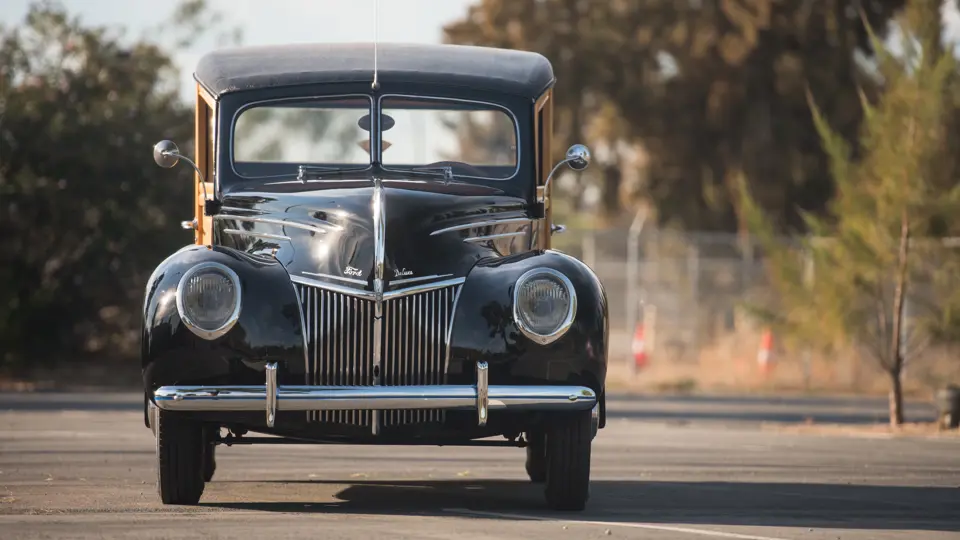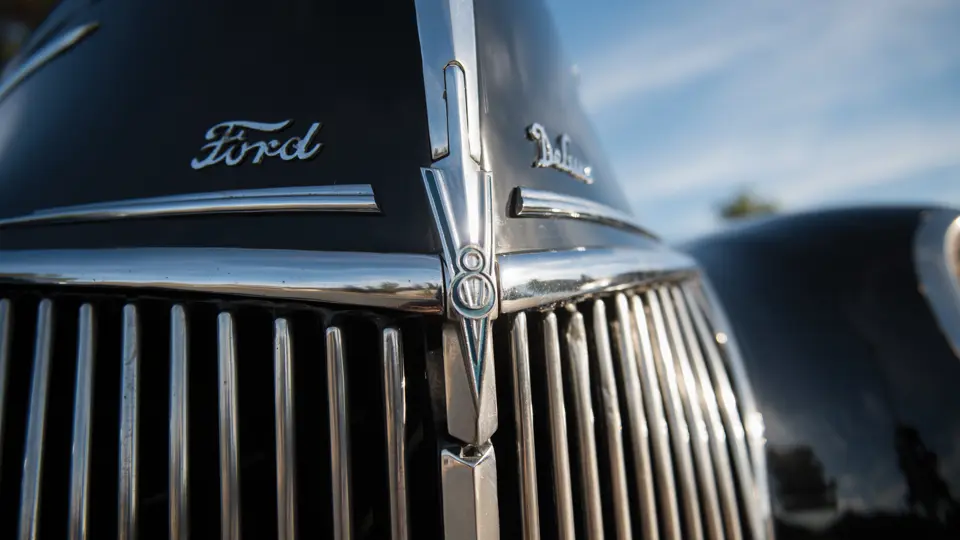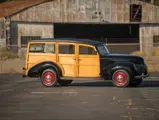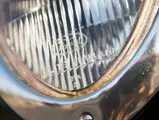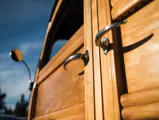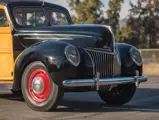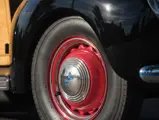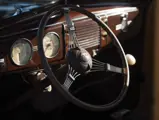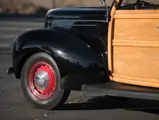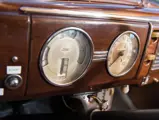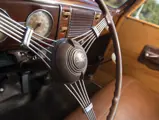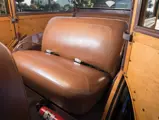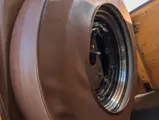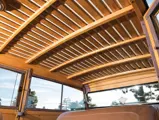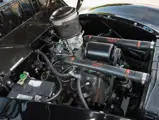
1939 Ford V-8 DeLuxe Station Wagon
{{lr.item.text}}
$93,500 USD | Sold
Offered from the Craig McCaw Collection
{{bidding.lot.reserveStatusFormatted}}
- Offered from the Craig McCaw Collection
- Extraordinary, largely original and unrestored condition
- Desirable 91A model with 24-bolt heads
- An untouched “woodie” to be preserved and enjoyed
Model 91A. 85 bhp, 221 cu. in. flathead V-8 engine with two-barrel carburetor, three-speed manual transmission, solid front axle with a transverse leaf spring, three-quarter floating rear axle with a transverse leaf spring, and four-wheel hydraulic drum brakes. Wheelbase: 112 in.
The 1939 Ford V-8 DeLuxe Station Wagon represents, in many ways, the best of both the old and the new, with the new features being leather-faced seats and (finally!) hydraulic brakes and the old being the floor-shifted transmission, an indoor spare, “suicide”-style rear doors, and pleasantly old-fashioned ride and handling. Beautifully hand-constructed from lumber harvested at Ford’s timber mill at Iron Mountain, Michigan, the car was essentially a magnificent piece of rolling and functional furniture, displaying workmanship that would never be seen today in such a proletarian vehicle.
By consideration of Ford’s massive production numbers in the late 1930s, the DeLuxe Station Wagon was even something of a rarity when new; only 6,155 were built, or about 128 for each U.S. state at the time. Most of these were left outdoors or driven into the ground, and so, of the few lucky survivors, the majority had to be fully restored. While these are beautiful and desirable cars in their own right, there is something very special to be said for a “woodie” that has survived “as is.” It speaks to the quality of the conservation and care that is required to keep a wood-bodied vehicle in good condition for over 75 years.
The wagon offered here, from the Craig McCaw Collection, sports original woodwork, which has its varnish worn down by years of cleaning but remains thoroughly sound, serviceable, and, most importantly, intact and solid throughout. It has a charmingly patinated appearance, a phrase oft-overused to describe original cars but is apt in the case of this Ford, where everything is consistent throughout: the light pitting on the original chrome, the slight dullness to the stainless, and the delamination around the edges of the original glass.
According to previous sales literature, the car came out of an East Coast estate in the 1970s and eventually traveled west, after which the body was repainted in the early 1980s and a new top installed. It was also reportedly at that time that the seats were recovered and an accessory heater was installed. Since then, the paint has been touched-up as necessary but remains consistent with the appearance of the rest of the vehicle. Body panels throughout are solid, with only a small dent on the right rear fender. Prior to its acquisition by the McCaw Collection, the wheels were powder-coated and the bumpers were re-chromed.
The interior sports an original steering wheel that shows the use of many pairs of hands over the years, and even the door panels are original. At the time of cataloguing, 64,849 miles were recorded, a believably authentic number. Under the hood, the car retains the Model 91A’s 24-bolt cylinder heads and presents as having been cleaned and serviced as necessary over the years.
Here is a largely unrestored “woodie” that should be maintained as-is for the future, the way it has been in its current ownership. It shows its years gracefully and in good character and is certainly one of the most iconic examples worldwide of what may be the most famous Ford wagon ever made.

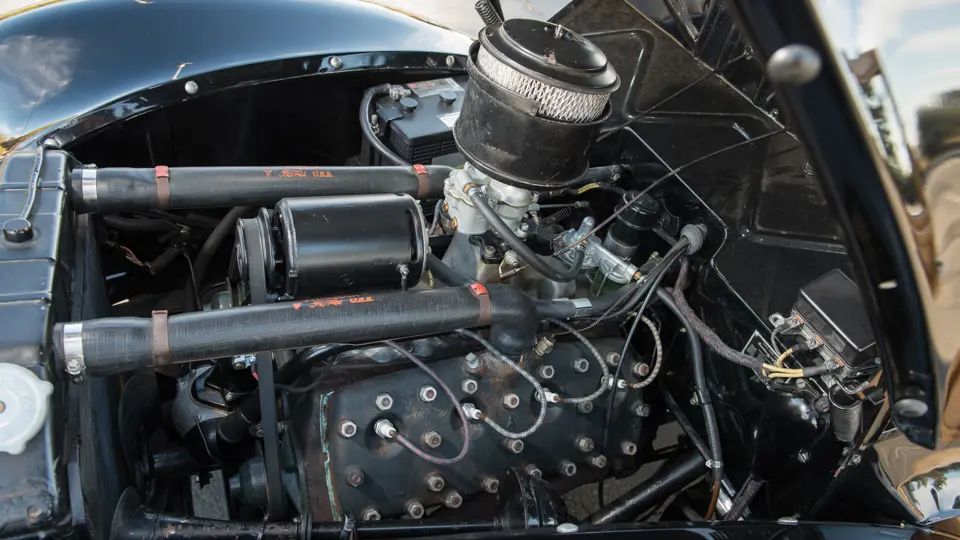


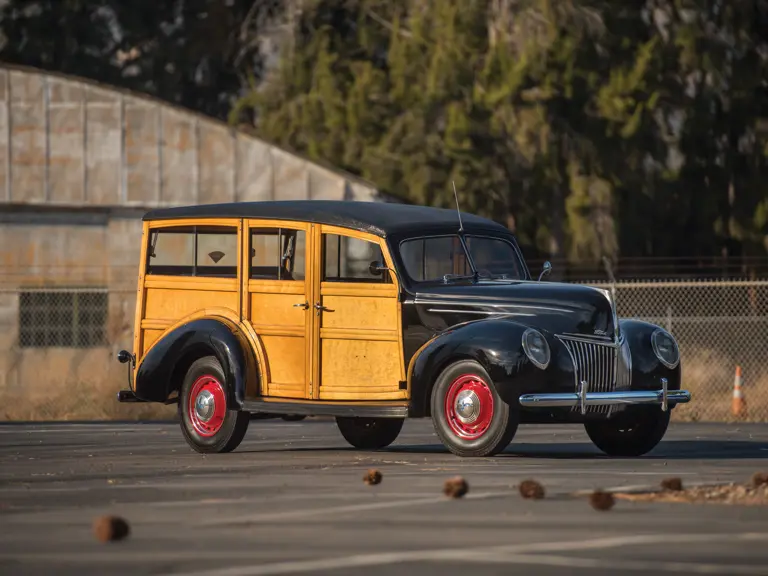
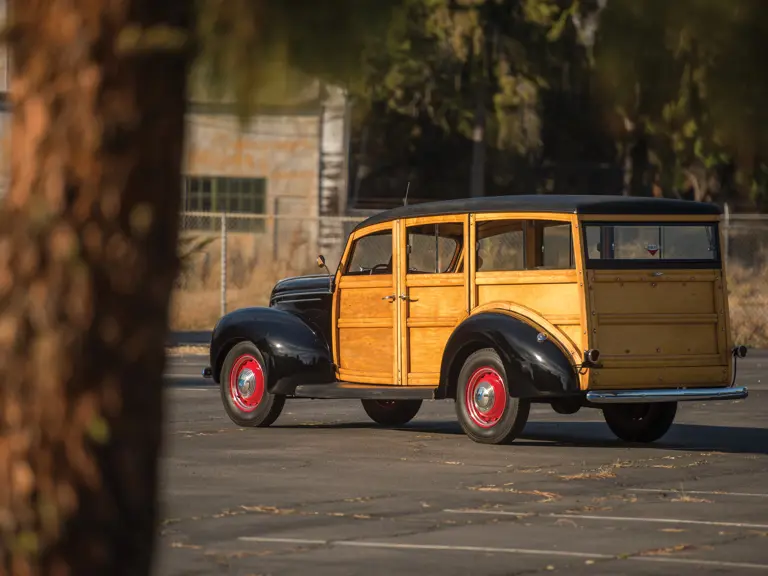
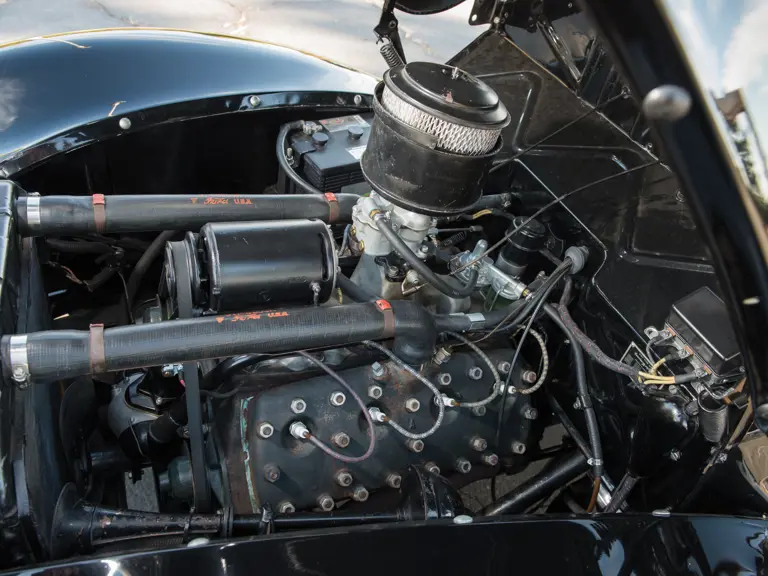

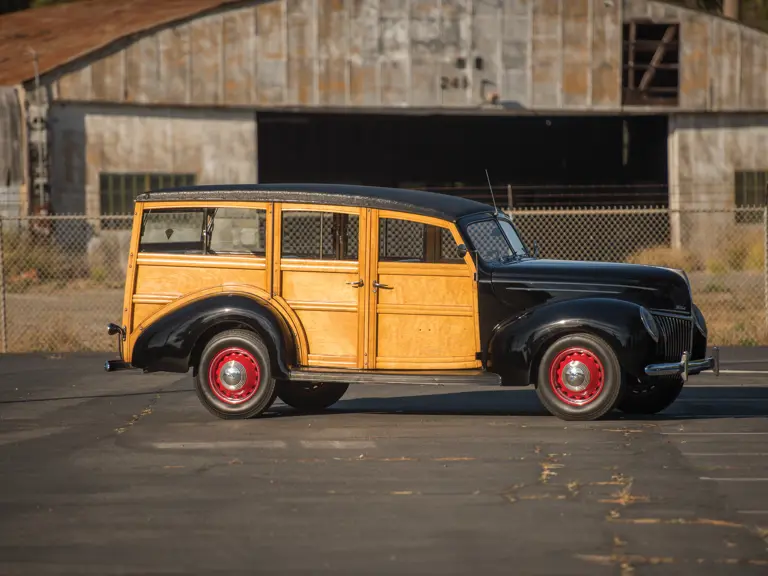
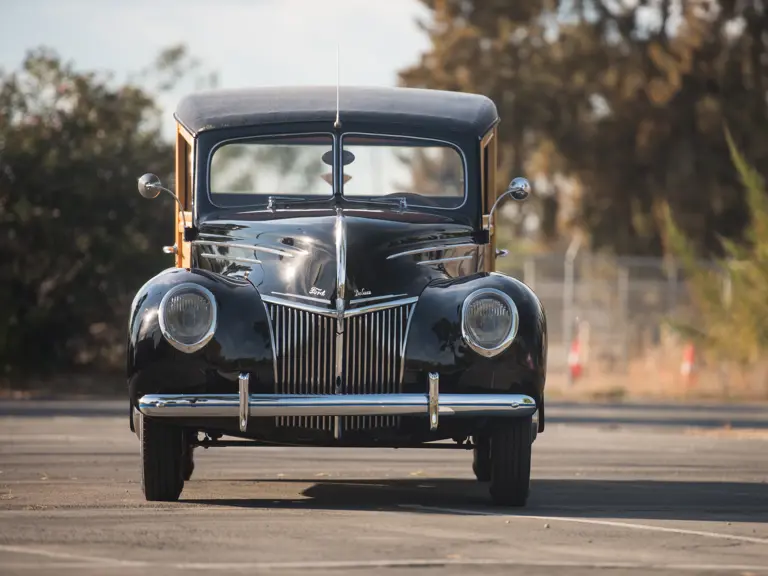
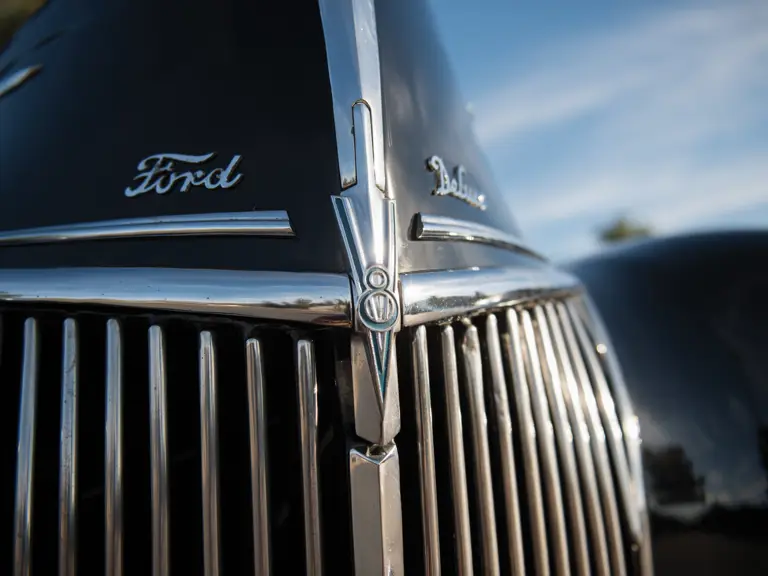
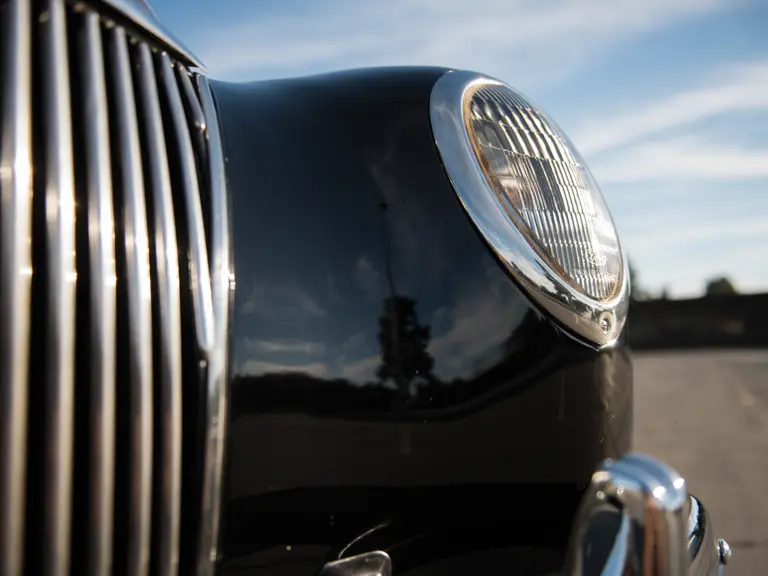
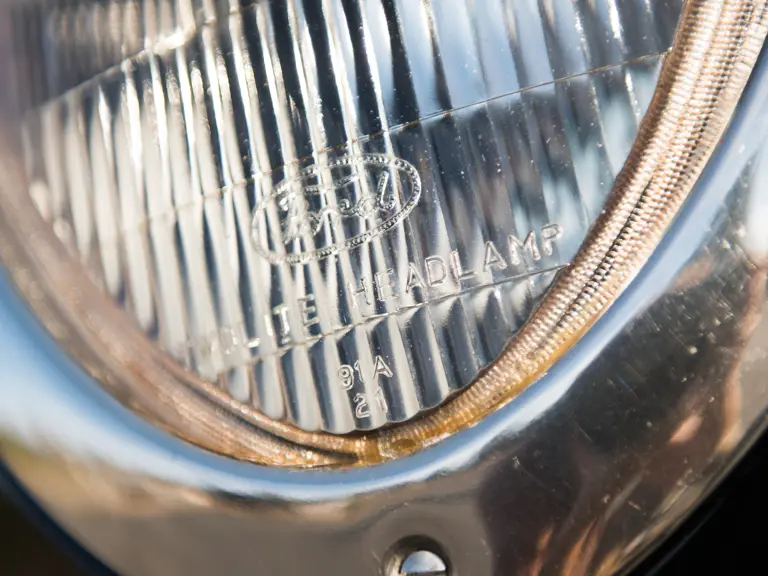

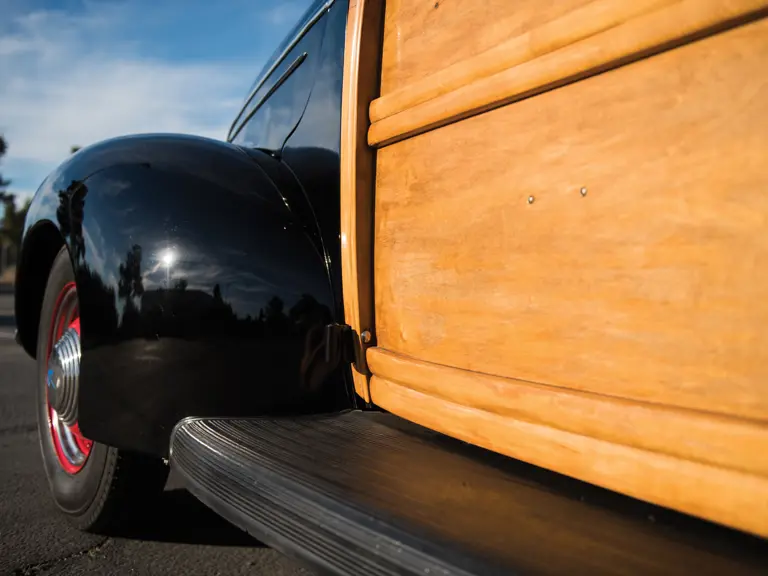
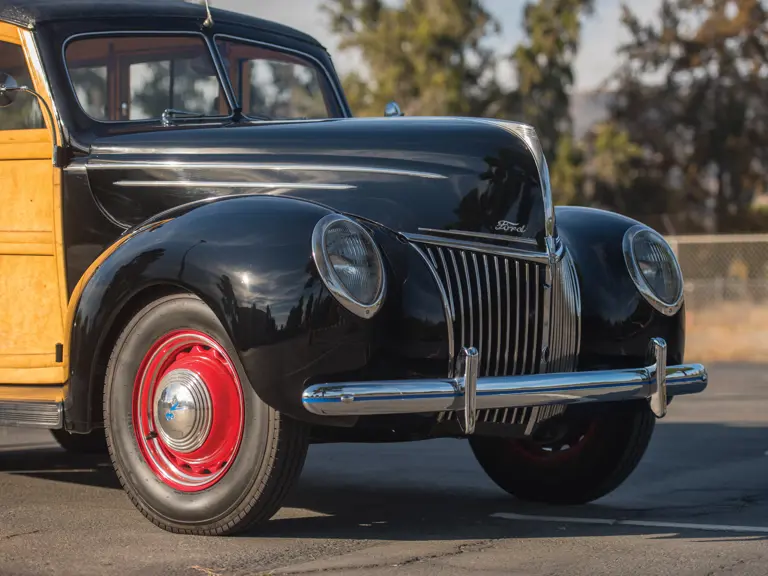
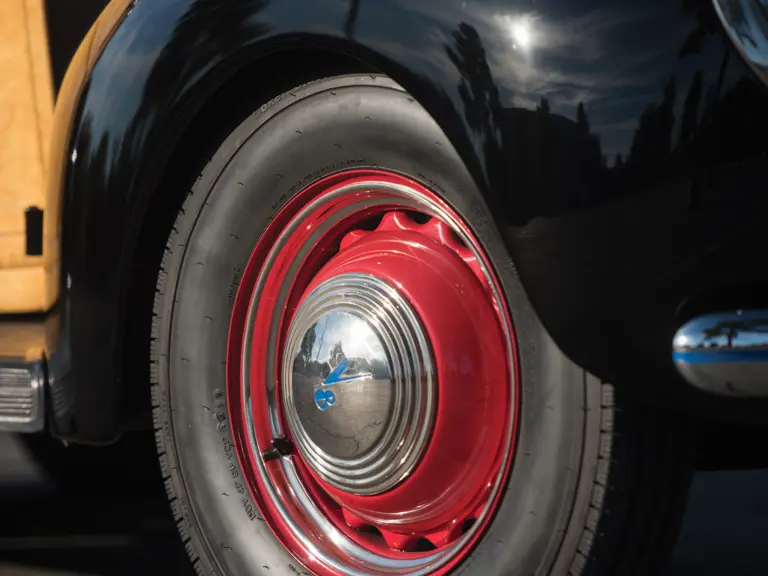

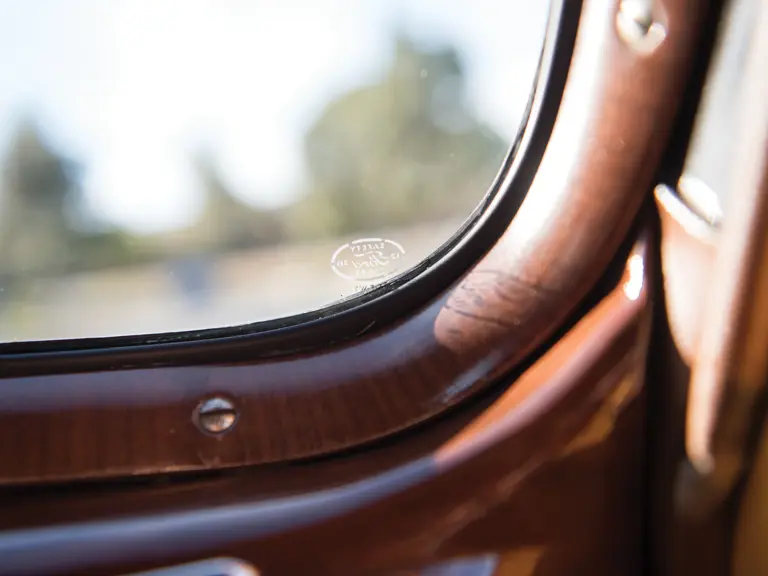
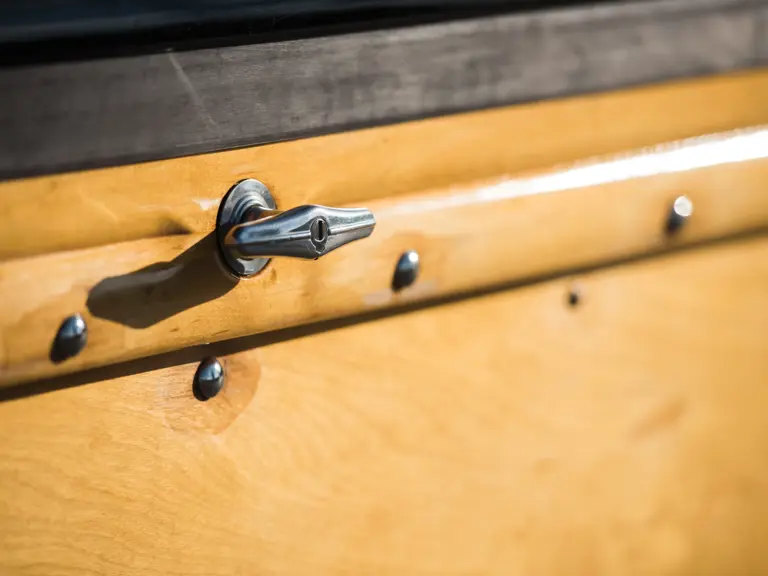
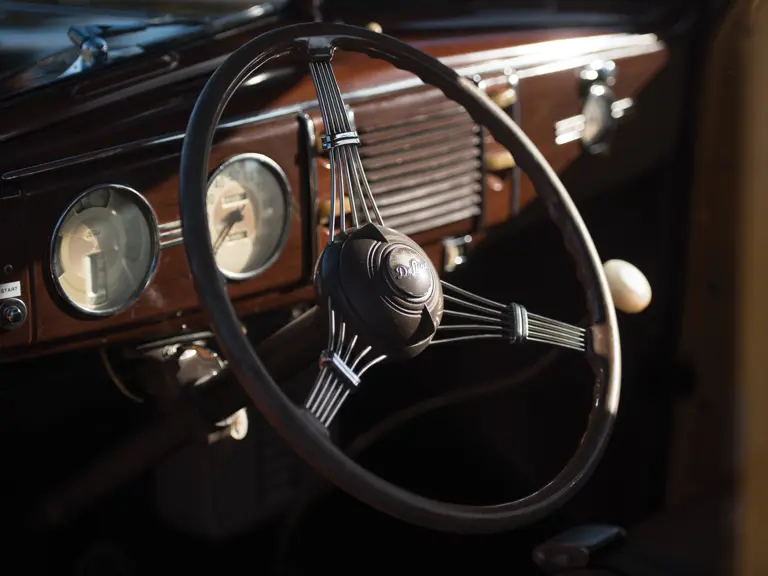

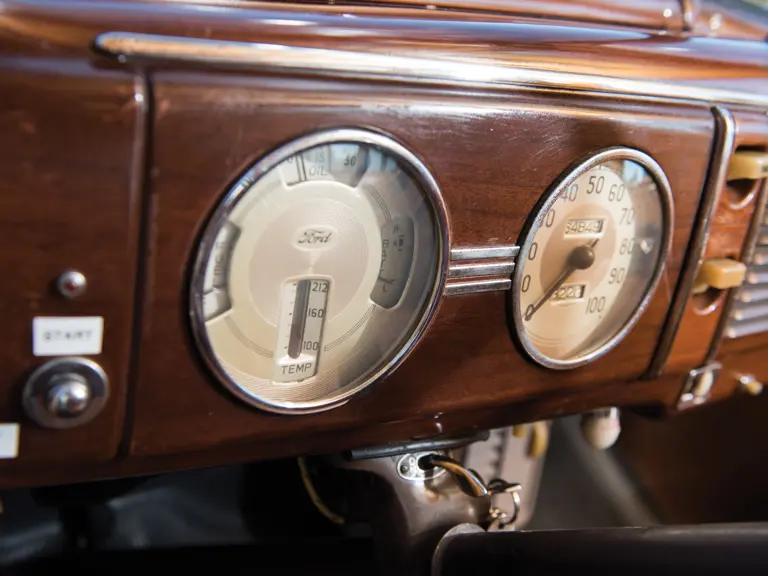



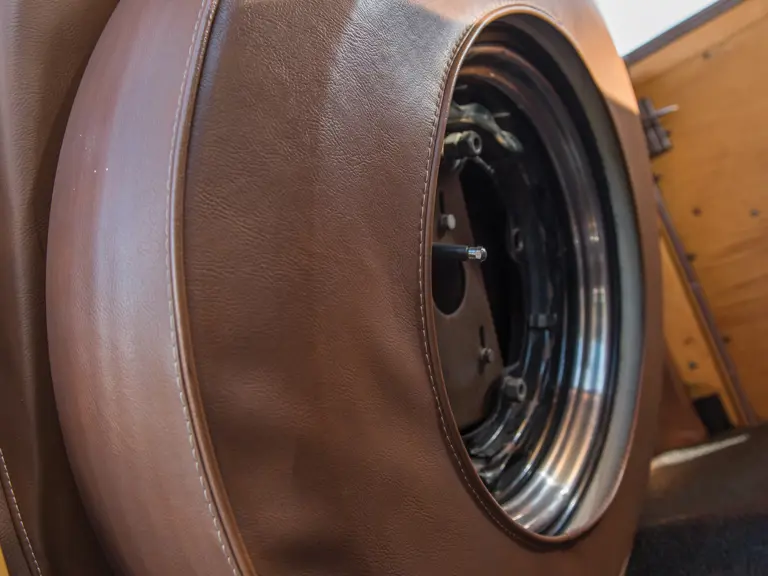
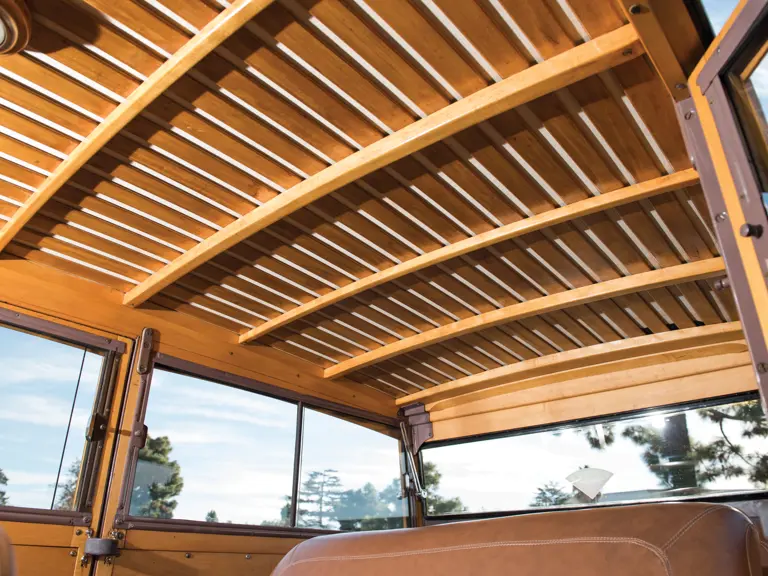
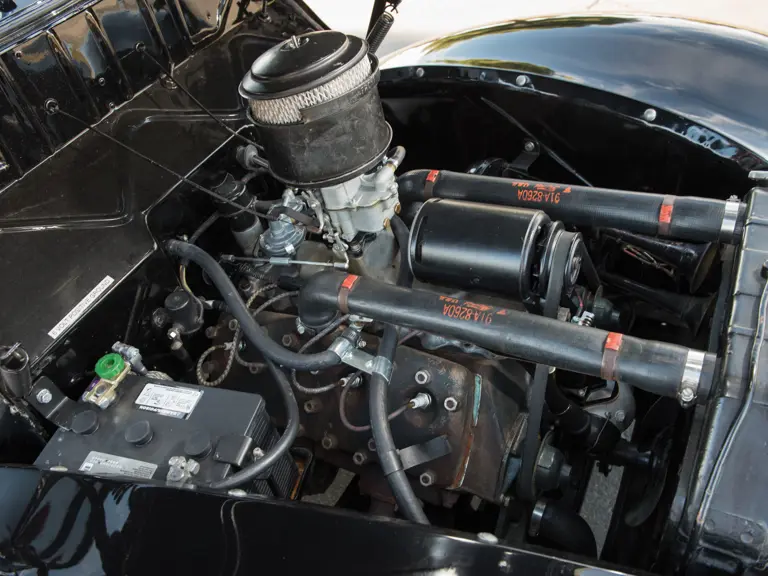
 | Phoenix, Arizona
| Phoenix, Arizona

